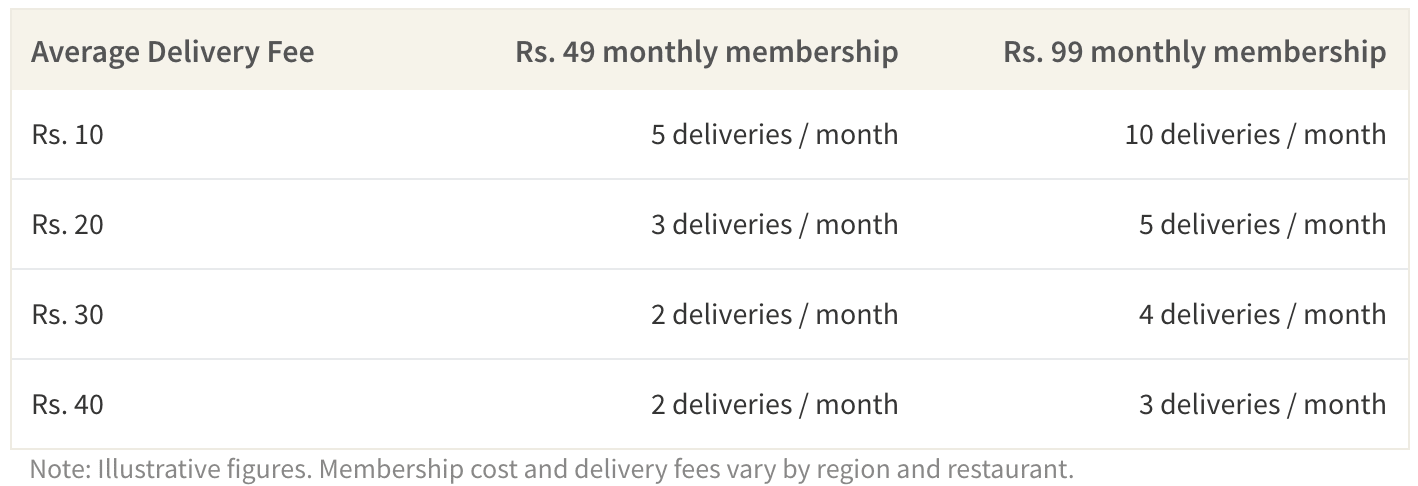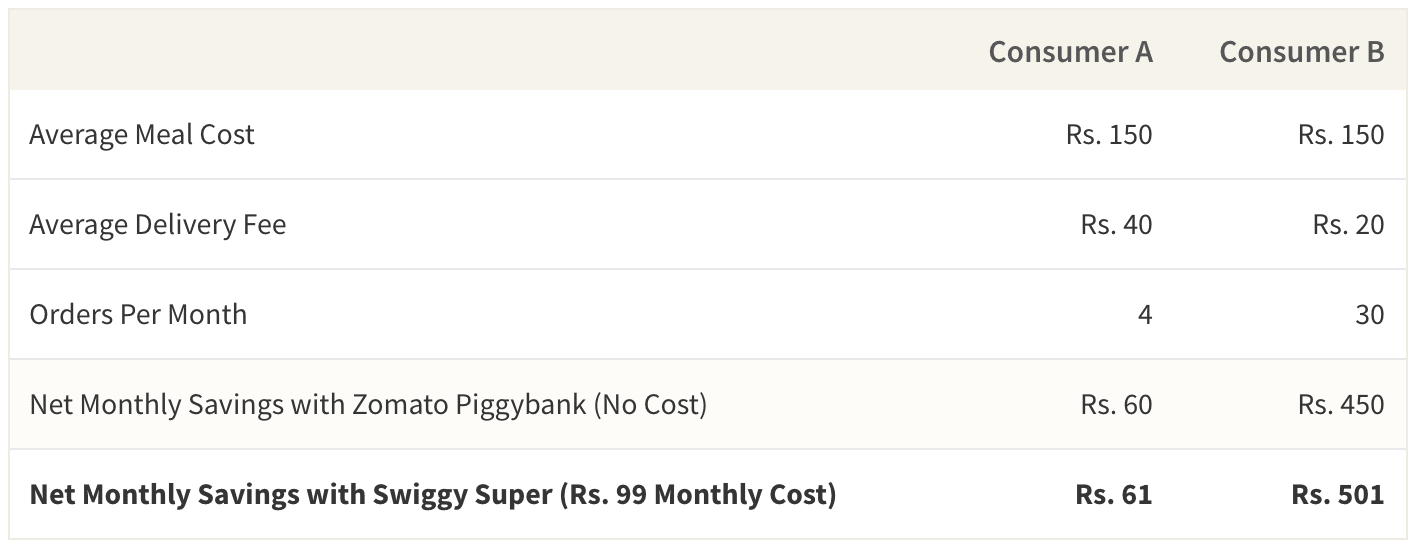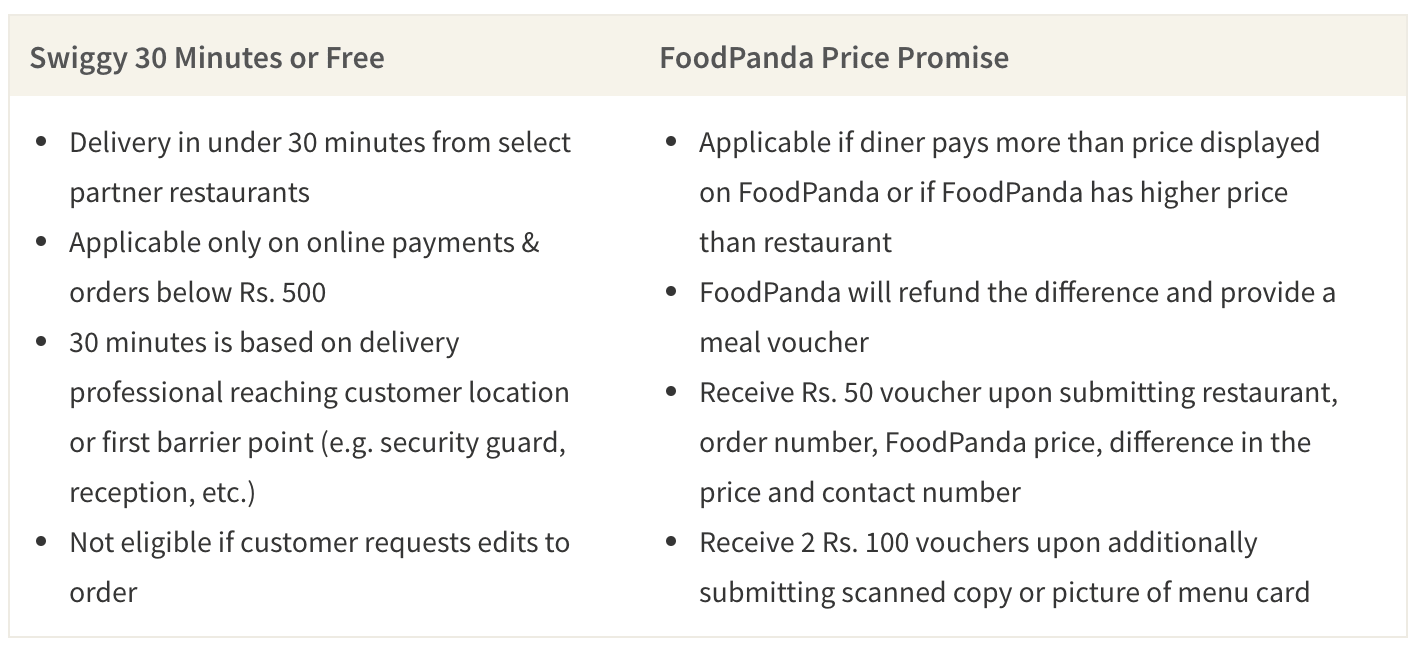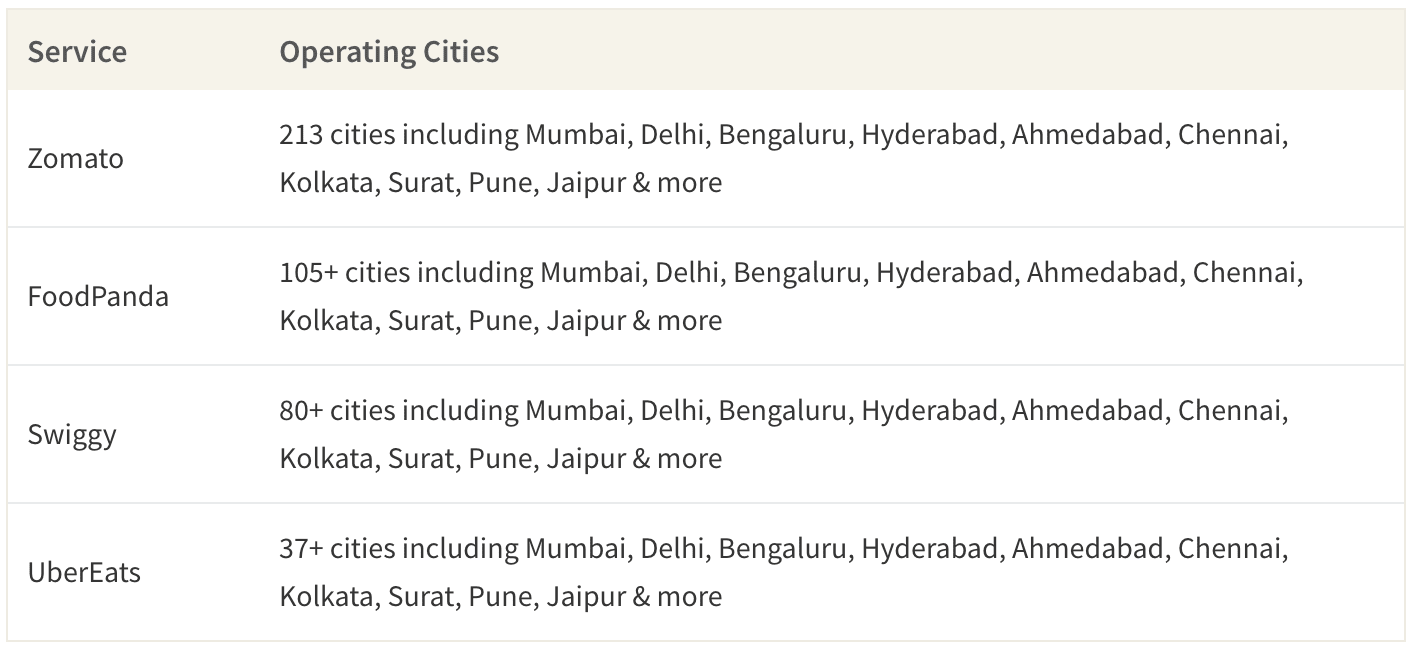Becoming a location independent professional is a major shift in life, and preparing for it can take years

When it comes to digital nomadism, people don’t just abscond from boring offices to settle down somewhere in Southeast Asia with a laptop. In this article, we’ve collected advice from people who are successfully managing work and traveling.
The main rule here is to have a detailed plan. It should start on day one when you decide that the path of digital nomadism is what you want: once you’re determined to make it a reality, it’s time to stop dreaming and take action.
Step 1: Reduce location ties
It’s hard to leave your familiar environment because too many things tie you to a specific location. Identify these ties and figure out how to make them looser. For some of us, it is the property that we cannot leave unattended, some cannot afford to travel or leave their home place until they pay down their loan, the list goes on
When preparing for your digital nomad’s career, identify things that you won’t need with your new lifestyle. Consider selling things that you own but don’t actually use, canceling your subscriptions or gym memberships, and make sure to free up some money for eliminating any debts you may have – otherwise, high-interest rates will inevitably threaten your wellbeing during traveling.
Step 2: Decide how you’ll be making money
It’s not uncommon for people to become digital nomads when they are already freelancing. However, any office worker can master a skill that would allow them to be location independent and still have a decent income.
Try to identify skills that you can develop, learn and later monetize online when working from abroad. If you already have a side hustle or a hobby that you can use to earn money, start increasing its share in your daily schedule until it becomes a reliable source of income.
When you feel ready to take on some “real” work that would require your skill, try finding a remote project or engaging in a freelance gig. This will give you the experience of remote work and teach you how to fix issues that you may encounter when working online. It will also help you start building your customer base so that you don’t need to hustle around after you relocate.
Also Read: Blockchain in the energy sector: Technology promised and this is what it has delivered
This step can be easier if you are a business owner. It might seem tricky because owning a business can be one of the things that tie you to your current location, but if moving it online is an option, the transition to digital nomadism can be really smooth.
A less viable but still likely option is convincing your current boss to allow you to work remotely. If this is a possible scenario, you might want to start off by proving that you can successfully work from home and then negotiating a full-time remote schedule.
Step 3: Make savings and cut your expenses
Whether you are new to location independent work or are an experienced freelancer, unexpected things at your new place cannot be completely ruled out. For example, a poor Internet connection, a common issue for places where digital nomads prefer to reside, can put your regular income at risk. That’s why you need an emergency fund for a rainy day, so start saving money in advance.
A good strategy for saving money is to cancel regular expenses that you won’t need to have in your journey (for example gym membership). Also, make sure you’re mindful about how you’re spending.
Be aware of the accumulated impact of seemingly small expenses: a US$5 Starbucks coffee cup a day amounts to $150 per month and $1825 a year. Don’t immediately spend money that you free up by selling stuff – instead, save it for the time when you might need it in your travels.
Step 4: Prepare all necessary paperwork
A not-so-romantic but an indispensable step of your preparation for digital nomadism is making sure you have all the necessary documents at hand and have a legitimate way of accepting payments for your work.
Different countries have different rules for freelancers and solo entrepreneurs regarding how much they can make before taxes apply. Explore law requirements for digital nomad income and taxes in the countries you’re intending to visit, and make sure you’re complying with them.
Also, don’t overlook insurance when planning your travel while hoping for the best, remember that the costs of medical services in most countries can deplete your savings. So don’t leave it to chance and buy insurance that will cover your costs in case of a medical emergency.
If you’re planning to work online for clients located in other parts of the world, finding appropriate bank solutions is a must. Sign up for a credit card, create a PayPal account, or consider using such services as Transferwise – depending on your needs. Of course, this can be done while you’re already abroad, but it’s better to set this up while you’re still in your home country.
Step 5: Stay connected with the outside world
The “outside world” is, first of all, your current employers and potential clients. They are the ones on whom your income depends, so it’s your responsibility to organize reliable ways for them to communicate with you. Get a local number/ VoIP and find a reliable Internet provider, and inform your employers immediately if your contact number changes.
Speaking of switching phone numbers, it’s sometimes tempting to optimize costs by changing plans and providers. However, don’t do it if it means frequently changing your number. Reliability is what matters the most when you’re working remotely, so make sure you’re always reachable for work-related issues and new orders.
Step 6: Create a plan and stick to it
You’ve been planning your digital nomad’s career with an intent to see places, right? So you don’t want to get stuck in one location just because you don’t know where to go next, or you can’t afford to move somewhere else because you’ve already spent too much. Sticking to a previously created plan helps to avoid this.
Also Read: The holy trinity of resources a founder should have
Planning is not only about your routes. Before moving to another location, explore the cost of living there, and see if your income allows you to visit. Calculate and plan your costs, and do your best to stay within your budget so that you don’t have to put a hand into your emergency pocket every once in a while.
…And some advice on how to organize your life at a remote location
First things first, don’t forget about your goals, plans and work commitments. You’re not on vacation even if it sometimes feels so. Stay organized and get the job done, even if the beach and the sun are tempting you to toss work aside for an hour or two.
Being reliable means having a stable income and getting paid well – so stay committed to your work.
This doesn’t mean that you only have to work during your trips. Only consider digital nomadism if you can afford to work a maximum of 40 hours a week. Otherwise, what’s the point of going to a tropical paradise if the only thing you see there is the screen of your laptop?
While working hard and delivering your work on time, don’t forget about seeing interesting places in each location you visit. Be a wise time manager and maintain a healthy work-life balance. Don’t agree to take on assignments beyond your reasonable workload, and plan your daily routine in advance to both accomplish your tasks and go sightseeing.
Be ready that you’ll be getting tired and disconnected sometimes. Whatever you may think and anticipate while staying in your home country, travels can be exhausting. Frequently changing locations, handling accommodation issues, dealing with long-distance flights is not what most of us are used to, so it will take time before it stops sucking your energy.
Spend your money mindfully, especially in the early stages. Resisting the temptation of buying everything you like is not always easy, but the feeling of financial stability is worth it.
When looking for cheaper transportation and accommodation options, don’t ignore the importance of the balance between economy and comfort: the final goal of digital nomadism is a better quality of life, so do your best to achieve it.
As hard and unrealistic as it can seem, becoming a digital nomad is a real-life opportunity to get the most value of your time. Preparing for it may take significant time, but the result will be worth it if you’re determined to make this lifestyle your reality. Follow your dream, plan everything mindfully and thoroughly – and enjoy a better life.
–
Photo by Trinity Treft on Unsplash
The post Six practical tips on how to become a digital nomad appeared first on e27.
![]()















